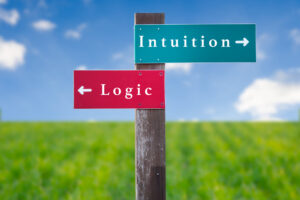 Laughter can be a powerful tool.
Laughter can be a powerful tool.  t’s easy to lose sight of your objective.
t’s easy to lose sight of your objective. Thanks for all the emails and comments on my last newsletter on fear. Those led to interesting conversations, some of which focused on hope.
Thanks for all the emails and comments on my last newsletter on fear. Those led to interesting conversations, some of which focused on hope.  It’s easy. Just add fear.
It’s easy. Just add fear. Once upon a time, you and I might have had a conversation like this:
Once upon a time, you and I might have had a conversation like this: